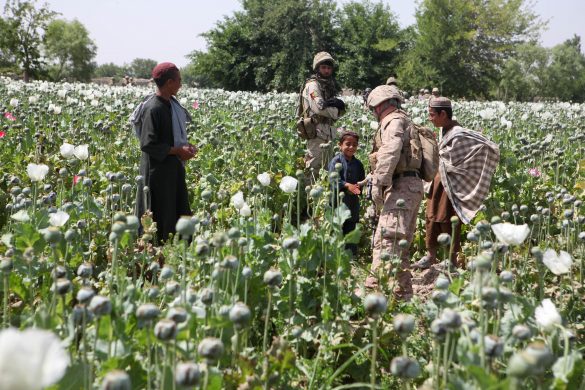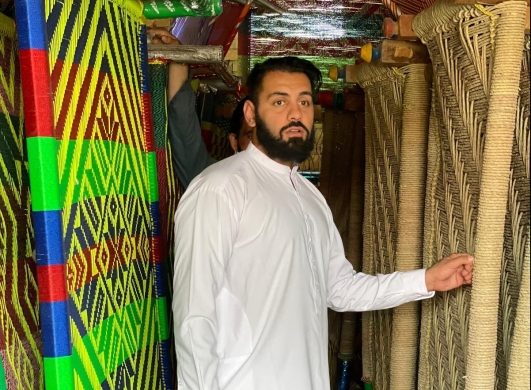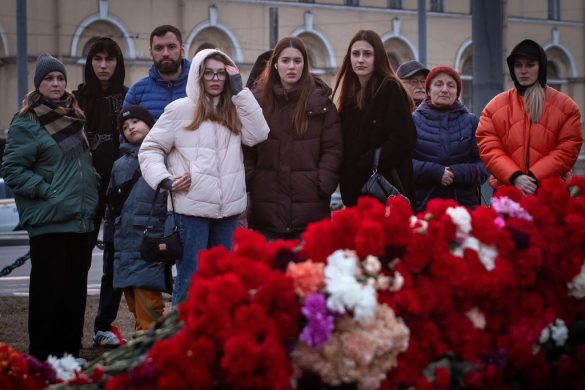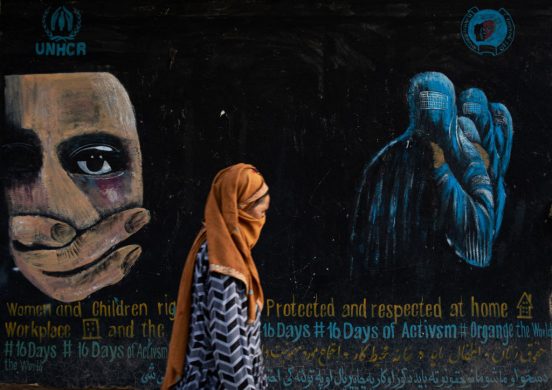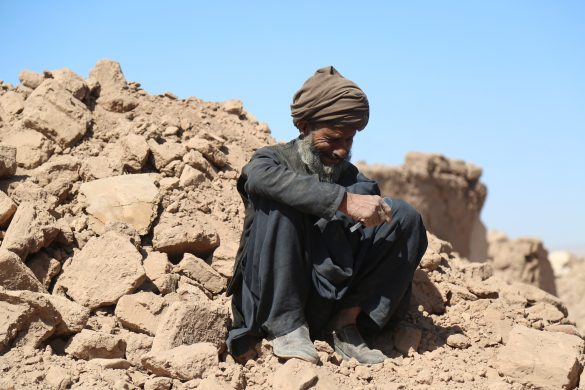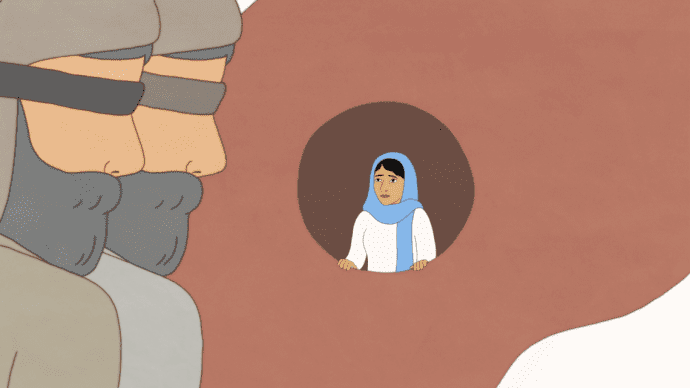Her parents, themselves addicts, used to feed it to her. Bibi Roshan, who lives in the village of Zarkhan, now does the same within her own family.
Thousands of women in the northeastern province of Badakhshan, a major grower of poppy, are believed to be daily users of opium.
There are no up-to-date official figures, but IWPR travelled through Badakhshan as part of a six-month investigation to collect data on the extent of female addiction.
Interviews with addicts and local leaders revealed dozens of female addicts in each village. With the average user consuming around 20 grammes a day at a daily cost of two or three US dollars, it can be an expensive habit.
Most return to using opium
Officials said that women were particularly affected by drug use in districts including Wakhan, Ashkasham, Zibak, Yamgan, Karan and Manjan.
There is a single 25-bed government addiction treatment centre in the Shighnan district of Badakhshan. Its director Najibullah Zaye, agreed that it was impossible to estimate the number of addicts in the province.
The most recent figures on female addiction in the province come from a UNODC report in 2005, which estimated there were 3,000 opium-addicted women in Badakhshan.
Shams Ali Shams, director of health services of the Agha Khan Foundation in Badakhshan, estimated that there were now 7,000 female addicts in the province.
He said that they had treated 1,400 women over the past nine years, but said that most returned to using opium.
Affandi agreed that despite the efforts of the drug treatment centres, 90 per cent of women returned to addiction.
The main reason, he continued, was the poor standard of facilities. The clinics lacked expert doctors or up-to-date equipment and due to the lack of resources women were often discharged too soon, meaning they often returned to using drugs.
Cheap and widely available
Afghanistan also produced 70 per cent of the global supply of narcotics in 2015.
Use is common within the country too, where opium is relatively cheap, widely available, and consumed in a variety of ways.
Zarkhan village elder Dawlat Mohammad said that younger women most often smoked their opium.
They took a small piece, heated it on a thin piece of metal and inhaled the smoke through a thin pipe.
Women would often sell whatever they had at home to buy opium.
Zarbigam, an addict from Sarchashma village, said that her husband had four cows and 12 sheep. She sold milk to fund her three-dollar-a-day habit.
In Ashakasham district, a poor woman known by the nickname of Qumandan, or commander, said that she had been an addict for 20 years. She begged in the local market each day so as to be able to afford her daily two or three dollars worth of opium.
Local markets were where most opium dealers operated, according to Sayed Baqir Shah Pamir Poor, head of the developmental council of Zarkhan village in Zeebak district.
He said that opium dealers were usually unemployed young men who sold drugs in the bazaar. The police had done nothing to clamp down on this practice, he added.
Police lacks resources
Ahmad Naveed Farotan, spokesman of the governor of Badakhshan, agreed that hundreds of dealers had been allowed to operate with impunity for years.
The local police lacked the resources to recruit more officers to address drug dealing in the villages, he continued.
The head of a local council in Zeebak district, who asked to remain anonymous, said that he believed female addicts used some 20 grammes of opium each day at a cost of around three dollars, a significant sum in a low-income society
Interviews with 20 women in three villages corroborated this estimate, meaning that they spent up to 90 US dollars a month on their habits.
Nonetheless, despite the high financial and social costs of addiction, women say that it gives them a rare respite from the hardship of their daily lives.
Inhaling opium through a thin metal pipe, Bibi Gul, an addict from Osas village in Ashkasham district, said that she could not live without her fix.
Find flere artikler i serien her

